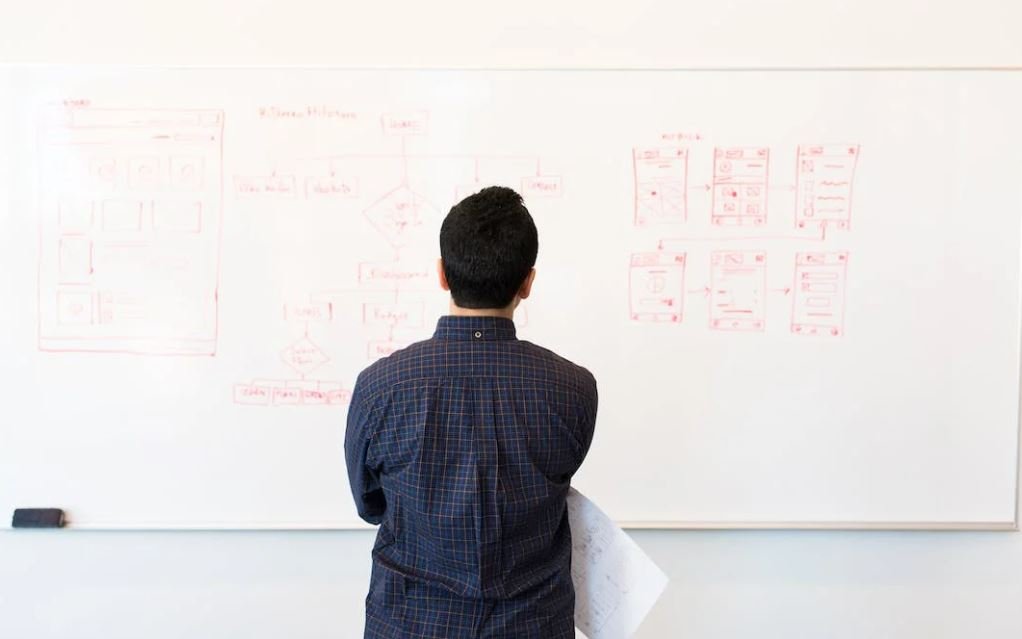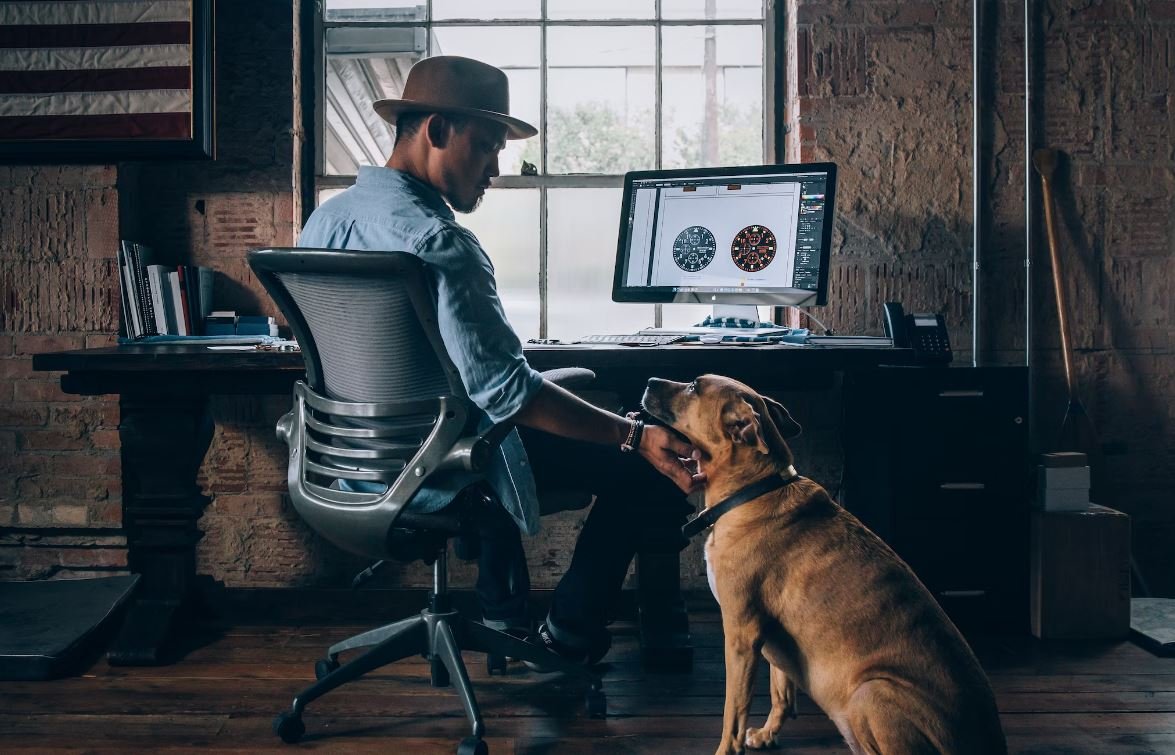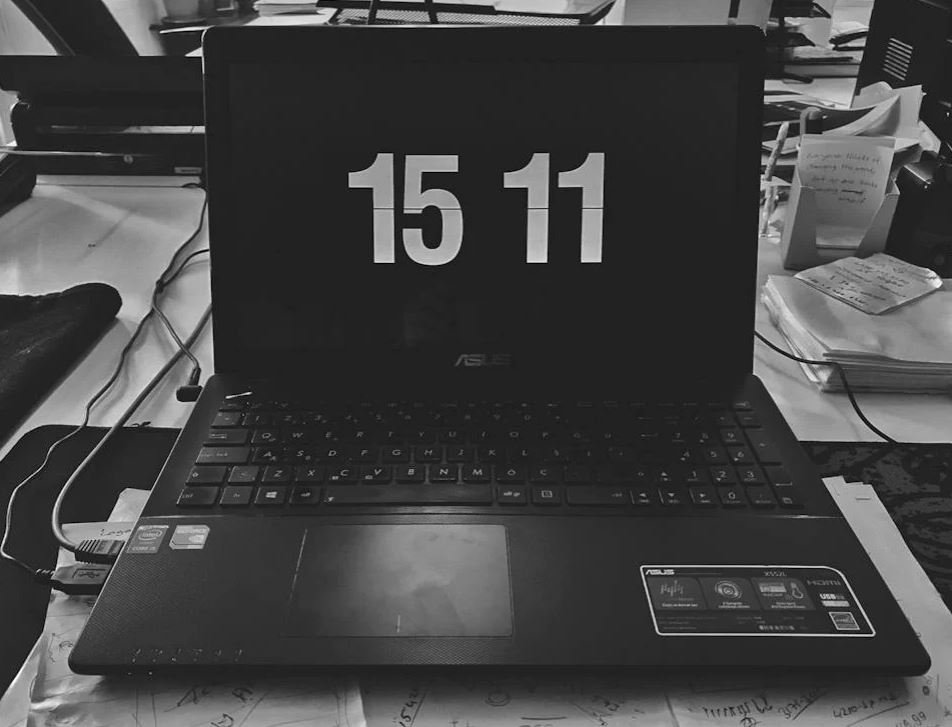Podcast Audio Equipment
Podcasting has become a popular medium for content creators to share their ideas and stories with an audience. To ensure the best audio quality for your podcast, it is essential to invest in the right equipment. In this article, we will discuss the key podcast audio equipment, their importance, and how they contribute to a professional sound.
Key Takeaways:
- Investing in high-quality podcast audio equipment is essential for a professional sound.
- Key equipment includes microphones, headphones, audio interfaces, and recording software.
- Consider your budget, type of podcast, and recording environment when choosing equipment.
- Proper setup and good technique are equally important to get the best audio results.
1. Microphones: A quality microphone is the most critical piece of podcast audio equipment. It captures your voice and converts it into an electrical signal for recording. Choosing a dynamic or condenser microphone depends on your recording environment and personal preference.
2. Headphones: Good headphones are essential for monitoring audio while recording and editing. They help you identify any background noise, clicks, or pops that may affect the quality of your recording. Look for closed-back headphones that provide excellent sound isolation.
| Microphone | Type | Price Range |
|---|---|---|
| Audio-Technica ATR2100x | Dynamic | $100-$150 |
| Rode NT1 | Condenser | $250-$300 |
3. Audio Interfaces: An audio interface connects your microphone and headphones to your computer. It converts analog signals into digital data that can be recorded and processed by your recording software. Consider the number of inputs and outputs you need based on the number of microphones and additional devices.
4. Recording Software: There are numerous recording software options available, both free and paid. Choose one that suits your needs and provides features like multi-track recording, editing tools, and audio effects. Audacity is a popular free option for beginners, while Adobe Audition offers more advanced capabilities.
Recommended Podcast Audio Equipment:
- Microphone: Audio-Technica ATR2100x or Rode NT1
- Headphones: Audio-Technica ATH-M50x or Sennheiser HD 280 PRO
- Audio Interface: Focusrite Scarlett 2i2 or PreSonus AudioBox USB 96
- Recording Software: Audacity, Adobe Audition, or GarageBand (for Mac users)
Comparing Microphone Types
| Microphone Type | Pros | Cons |
|---|---|---|
| Dynamic | Durable and handle high sound pressure levels. | Less sensitive to capturing subtle details. |
| Condenser | High sensitivity and capture detailed audio. | Require phantom power and can be more fragile. |
Remember, your podcast audio equipment should fit your budget, recording environment, and personal preferences. It’s always a good idea to do thorough research and read reviews before making a purchase. Don’t be afraid to seek advice from fellow podcasters or audio professionals for recommendations tailored to your specific needs.
Investing in top-quality podcast audio equipment is the first step towards creating a professional podcast. Combine it with dedication, engaging content, and regular practice to deliver an excellent audio experience to your audience.
So, what are you waiting for? Start exploring the various equipment options available and take your podcast to the next level!

Common Misconceptions
Introduction
When it comes to podcasting, there are several misconceptions that people often have about audio equipment. These misconceptions can lead to misunderstandings and even unnecessary expenses. By debunking these myths, podcasters can make informed decisions about the equipment they need and save money in the process.
- Podcast audio equipment is expensive
- Only professional studios can produce high-quality audio
- Specialized equipment is necessary for podcasting
Myth: Podcast audio equipment is expensive
One of the most common misconceptions about podcast audio equipment is that it is prohibitively expensive. While it is true that some high-end equipment can be costly, there are many budget-friendly options available that can produce excellent audio quality.
- There are affordable microphones on the market suitable for podcasting
- Recording software and editing tools are available for free or at low cost
- Investing in a good setup initially can save costs in the long run
Myth: Only professional studios can produce high-quality audio
Many people believe that podcast audio recorded outside of a professional studio will sound subpar. However, with the right equipment and techniques, it is entirely possible to achieve professional-grade audio from the comfort of your home or office.
- Creating a soundproofed environment can significantly improve audio quality
- Using a high-quality microphone and audio interface can lead to excellent results
- Learning proper editing and post-production techniques can enhance the audio further
Myth: Specialized equipment is necessary for podcasting
Another common misunderstanding is that podcasters need a range of specialized equipment catered only to podcasting. While there are some tools specifically designed for podcast production, many general audio equipment can work perfectly well for podcasting.
- Any good quality microphone can be used for podcasting
- An audio interface is often a more versatile option than podcast-specific mixers
- Investing in good headphones is crucial for audio monitoring and editing
Conclusion
By recognizing and dispelling these common misconceptions about podcast audio equipment, aspiring podcasters can make better choices when it comes to their setup. It is essential to remember that quality audio can be achieved without breaking the bank or relying on professional studios. With the right combination of affordable equipment and proper techniques, anyone can create a successful podcast with great audio quality.
- Affordable equipment can still produce high-quality audio
- Creating a good recording environment is key
- General audio equipment can be repurposed for podcasting

Introduction
Podcasting has gained immense popularity in recent years, offering a unique way to share information, stories, and entertainment with a global audience. To ensure high-quality audio production, podcasters invest in specialized equipment that enhances the listener’s experience. In this article, we will explore ten different pieces of podcast audio equipment and their key features. Each table highlights essential details and specifications to help aspiring podcasters make informed decisions when selecting equipment for their shows.
Microphones
Choosing the right microphone is crucial for capturing clear and professional audio. Here are five exceptional microphones suitable for podcasting:
Portable Recorders
Portable recorders are ideal for capturing interviews or podcasts on the go. These portable wonders allow podcasters to record high-quality audio anywhere, anytime. Let’s explore five remarkable portable recorders:
Audio Interfaces
Audio interfaces help podcasters connect microphones and other audio equipment to their computers, ensuring optimal sound quality during recordings. Take a look at five outstanding audio interfaces:
Microphones
Choosing the right microphone is crucial for capturing clear and professional audio. Here are five exceptional microphones suitable for podcasting:
1. Shure SM7B
– Type: Dynamic
– Polar Pattern: Cardioid
– Frequency Range: 50Hz-20kHz
– Price: $399
2. Audio-Technica ATR2100x-USB
– Type: Dynamic
– Polar Pattern: Cardioid
– Frequency Range: 50Hz-15kHz
– Price: $99
3. Rode NT1
– Type: Condenser
– Polar Pattern: Cardioid
– Frequency Range: 20Hz-20kHz
– Price: $269
4. Blue Yeti USB Microphone
– Type: Condenser
– Polar Pattern: Multi-pattern (Cardioid, Bidirectional, Omnidirectional, Stereo)
– Frequency Range: 20Hz-20kHz
– Price: $129
5. Sennheiser MD 421-II
– Type: Dynamic
– Polar Pattern: Cardioid
– Frequency Range: 30Hz-17kHz
– Price: $379
Portable Recorders
Portable recorders are ideal for capturing interviews or podcasts on the go. These portable wonders allow podcasters to record high-quality audio anywhere, anytime. Let’s explore five remarkable portable recorders:
1. Zoom H6 Handy Recorder
– Channels: 6
– Supported Audio Formats: WAV, MP3
– Sampling Rates: Up to 96kHz
– Price: $329
2. Tascam DR-40X
– Channels: 2 (stereo)
– Supported Audio Formats: WAV, MP3
– Sampling Rates: Up to 96kHz
– Price: $179
3. Sony PCM-D10
– Channels: 2 (stereo)
– Supported Audio Formats: LPCM, FLAC, MP3
– Sampling Rates: Up to 192kHz
– Price: $659
4. Roland R-07
– Channels: 2 (stereo)
– Supported Audio Formats: WAV, MP3
– Sampling Rates: Up to 96kHz
– Price: $219
5. Zoom H5 Handy Recorder
– Channels: 4
– Supported Audio Formats: WAV, MP3
– Sampling Rates: Up to 96kHz
– Price: $279
Audio Interfaces
Audio interfaces help podcasters connect microphones and other audio equipment to their computers, ensuring optimal sound quality during recordings. Take a look at five outstanding audio interfaces:
1. Focusrite Scarlett 2i2 (3rd Gen)
– Connectivity: USB-C
– Input Channels: 2
– Output Channels: 2
– Price: $159
2. PreSonus AudioBox USB 96
– Connectivity: USB 2.0
– Input Channels: 2
– Output Channels: 2
– Price: $99
3. Behringer U-Phoria UMC204HD
– Connectivity: USB 2.0
– Input Channels: 2
– Output Channels: 4
– Price: $99
4. Universal Audio Apollo Twin X DUO
– Connectivity: Thunderbolt 3
– Input Channels: 2
– Output Channels: 6
– Price: $899
5. MOTU M2
– Connectivity: USB-C
– Input Channels: 2
– Output Channels: 2
– Price: $169
Conclusion
Aspiring podcasters have a wide range of audio equipment options available to meet their specific needs and budgets. Choosing the right microphone, portable recorder, and audio interface is essential for delivering high-quality podcasts. Whether starting a podcast from home or on the go, the equipment showcased in this article offers reliable solutions for producing professional audio content. By investing in quality podcast audio equipment, podcasters can captivate their listeners, ensuring an enjoyable and immersive podcasting experience.
Frequently Asked Questions
Q: What type of microphone should I use for podcasting?
A: The best microphone for podcasting is a dynamic microphone, such as the Shure SM58, as it is highly versatile and effectively reduces background noise.
Q: Should I invest in a USB or XLR microphone?
A: It depends on your needs. USB microphones are beginner-friendly and easy to use, while XLR microphones offer higher audio quality and more advanced options, but require additional equipment.
Q: Do I need a mixer for my podcast?
A: A mixer is not a necessity, but it can be beneficial for controlling audio levels, adding effects, and connecting multiple microphones or other audio sources.
Q: How important is soundproofing for podcasting?
A: Soundproofing is crucial for high-quality audio. It helps reduce echo, external noise, and unwanted reflections, resulting in a cleaner and professional-sounding podcast.
Q: What headphones are recommended for monitoring podcast audio?
A: Closed-back headphones, such as the Audio-Technica ATH-M50x, are commonly used for podcast monitoring due to their excellent sound isolation and accurate audio reproduction.
Q: Is using a pop filter necessary?
A: While not essential, a pop filter reduces plosive sounds (such as “p” and “b” sounds) that can cause distortion in the recording. It helps maintain a clear and consistent audio quality.
Q: Should I consider purchasing a portable recorder for podcasting?
A: If you plan to record interviews or episodes outside of a studio environment, a portable recorder, such as the Zoom H5 or Tascam DR-40x, can be a valuable addition to your podcasting equipment.
Q: What is the recommended audio editing software for podcasting?
A: Popular audio editing software options for podcasting include Adobe Audition, Audacity, and GarageBand. Choose one that suits your needs and budget, as they offer different features and complexity levels.
Q: How much does a podcasting microphone setup typically cost?
A: The cost of a podcasting microphone setup can vary greatly depending on the quality and number of components. A basic setup including a microphone, stand, and headphones can start around $100, while more professional setups can range from $300 to $1000 or more.
Q: Are there any additional accessories that can enhance podcast audio quality?
A: Yes, some additional accessories include a shock mount to reduce vibrations, a reflection filter to improve sound isolation, and a mic arm to position the microphone conveniently. These accessories can take your audio quality to the next level.


Leave a Reply